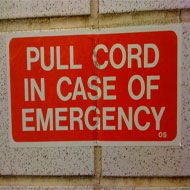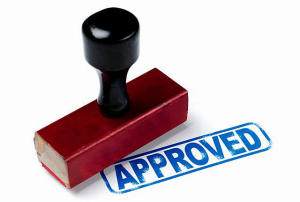Tier 1 Capital Ratio
Tier 1 Capital Ratio (also called the Tier 1 Risk Based Capital Ratio) divides a bank's core equity capital by the total amount of its risk weighted assets (RWA). It is one of a handful of ratio that help bank regulators understand the capital adequacy of a bank.














Follow Us